A short position statement on closures
So what's my current position on wine bottle closures? [This is a lenghy post I've just made to an online wine forum, in response to another post.]
There's no such thing as a perfect closure. It's about choosing the best closure available for your wine. If it were a simple matter of 'sealing' a bottle to stop liquid coming out, then of course there would be no excuse for continuing to use cork. There are a range of alternative wine bottle closures that are taint free. Take your pick.
But what we've learned - largely through the adoption of alternatives to cork - is that the oxygen transmission properties of the closure matter. And the precise level of oxygen transmission will affect the way the wine develops after bottling.
For an inexpensive wine that's likely to be drunk within a year or two after release, it's nuts to use natural cork, because cheap natural cork is nasty and carries a risk of taint. For these wines, synthetic corks, screwcaps with a saranex-only liner (there are two different liners for screwcaps, one of which allows very little oxygen transmission - the tin/saran - and one which allows more - saranex only) or Diam represent good alternatives.
Microagglomerates that have been steam-cleaned are also a good bet, although do carry a small risk of taint, as do steam-cleaned one-plus-ones (two discs of natural cork sandwiching an agglomerate core).
For more expensive wines that may be cellared, then it becomes more tricky. I'd say for high end, ageable wines then natural cork bought from the most quality-minded cork producers is the best option. This is because we like the way that wine develops under good natural corks.
I'm personally not keen on the tin/saran liner used widely for screwcaps. It just doesn't allow enough oxygen transmission. This means that there's a risk of reductive problems post-bottling (although the exact nature of this risk hasn't yet been quantified). It also means that the wine will develop differently to the way it develops under cork. Will it be better? How lucky do you feel?
Synthetic corks have developed quite a bit over the last decade to the point where they are claiming really good oxygen transmission characteristics. I'd like to see independent data on this. Likewise with Vino-Lok, the glass closure where the seal is by means of a plastic 'O' ring. It's certainly a functional and good looking closure.
Diam may prove suitable for long-ageing wines. I'm sure it's good for 10 years, because the Altec (the tainted predecessor using the same mechanical design) has shown the physical integrity of the closure is fine after this time.
Finally, a plea - let's try to be as informed as possible when we discuss this complex business of closures. I've found the whole debate to be unessecarily polaized in the past, with people splitting off into factions, and spouting propaganda at each other. For example, when we talk about 'screwcaps', let's remember that the screwcap isn't the closure, but merely a way of holding the liner in apposition to the rim of the bottle. It's the liner that determines the oxygen transmission properties of the closure.
Labels: closures, cork, cork taint, wine science

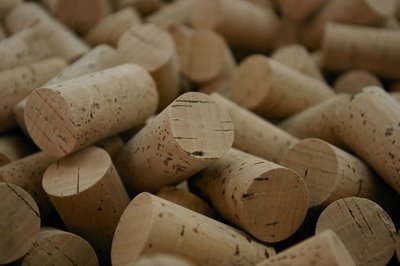
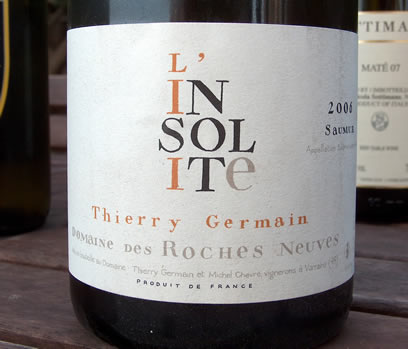
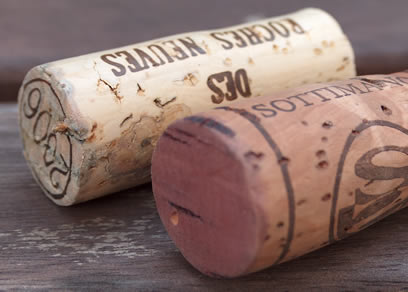
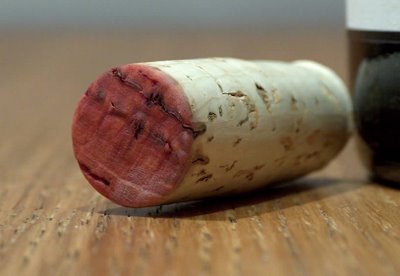
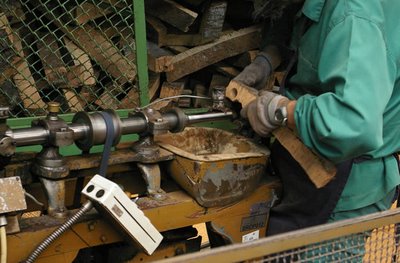
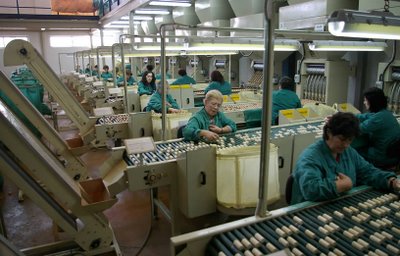
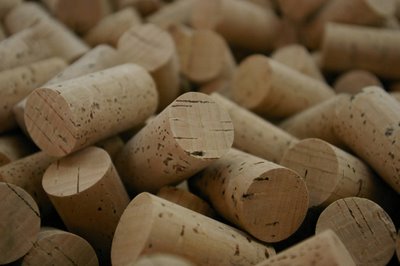
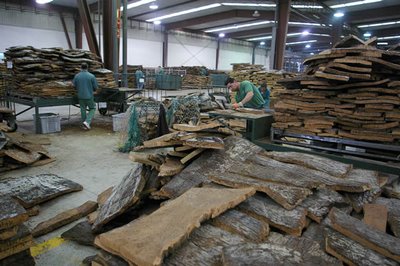
 The web log of wine journalist Jamie Goode. Feel free to nose around; your comments are welcome
The web log of wine journalist Jamie Goode. Feel free to nose around; your comments are welcome 
